Hong Kong
Exhibition: NORIYUKI HARAGUCHI “How freely I can open up this space and time I am sharing”
原口典之「私が共有しているこの空間と時間をどれほど自由に解放できるか」
29 October – 3 December 2022
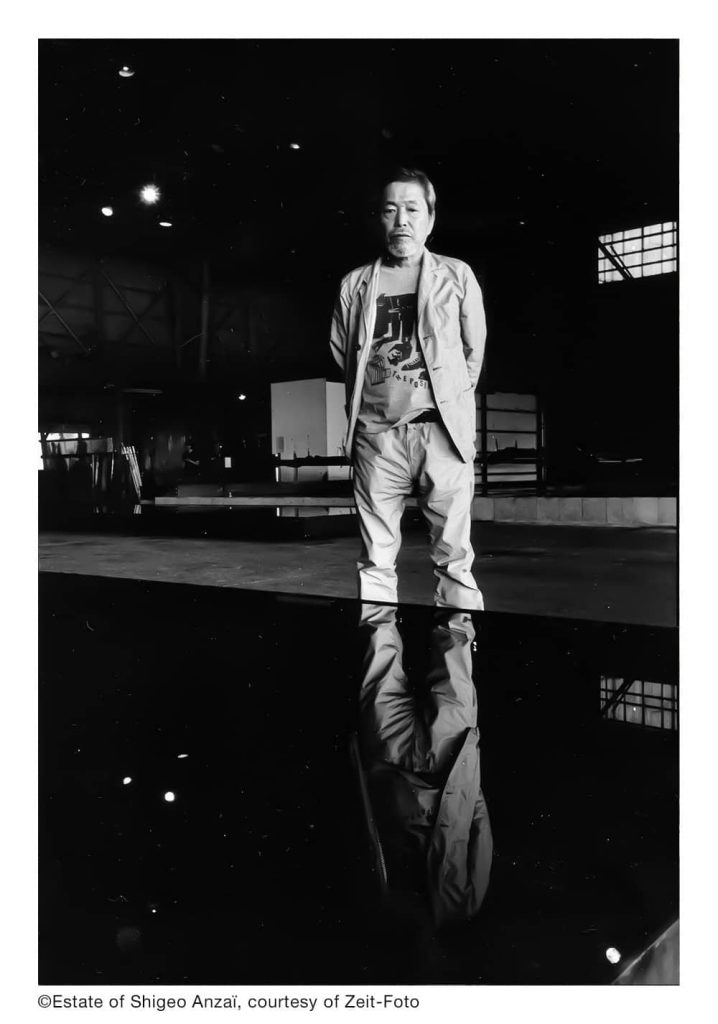
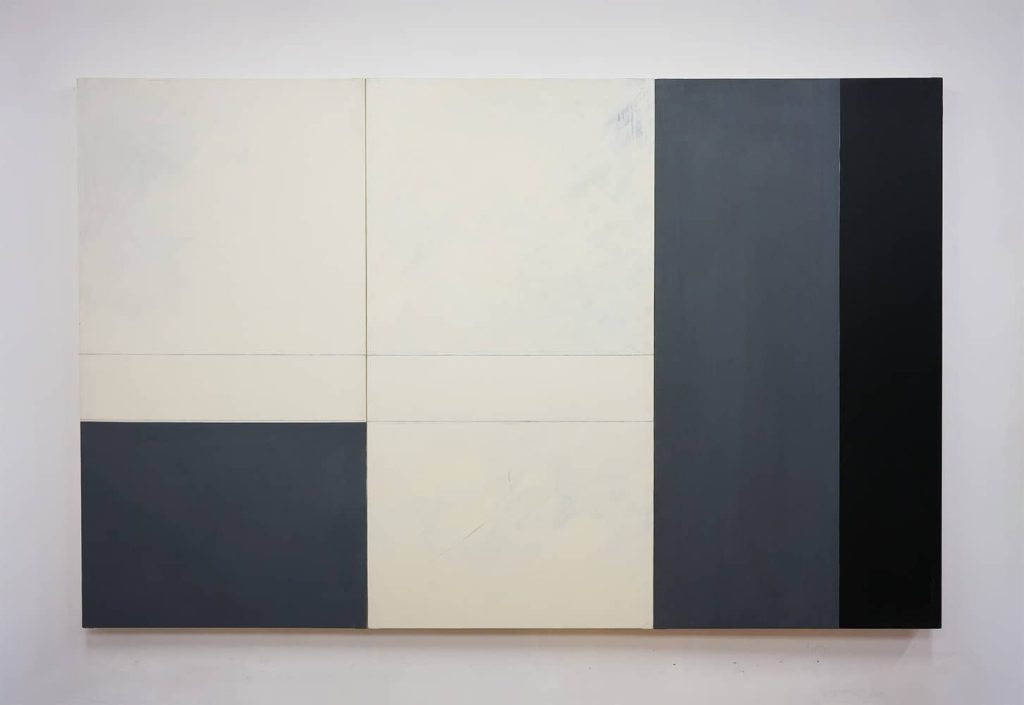
Canvas, oil paint, pencil
H 180 x 282 x 5.7 cm
#2020No2
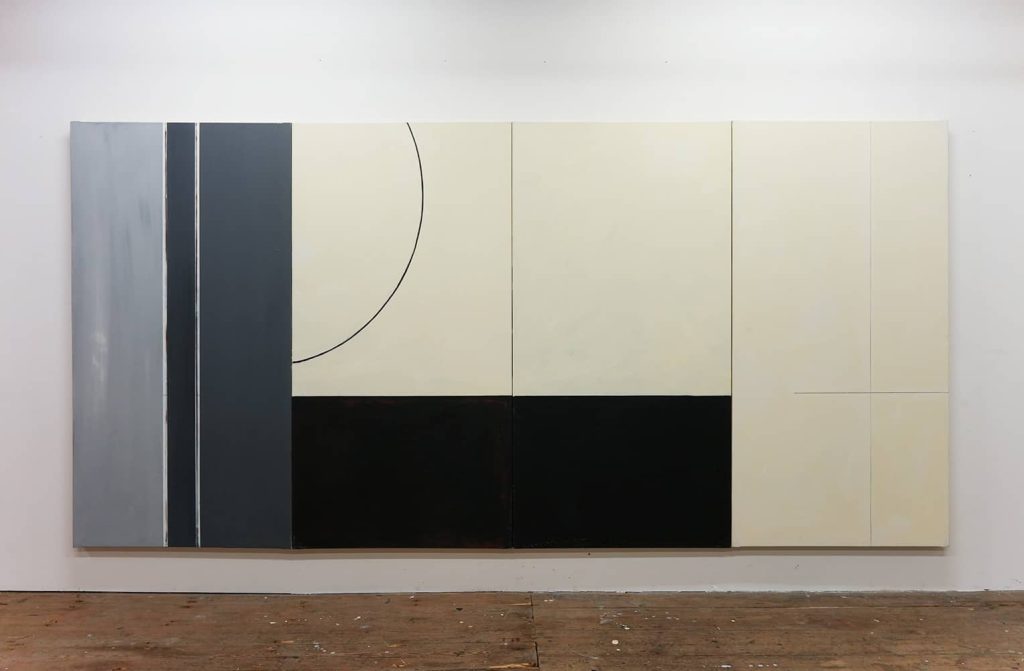
Canvas, oil paint, pencil
H 180 x 376 x 5.7 cm
#2020No3
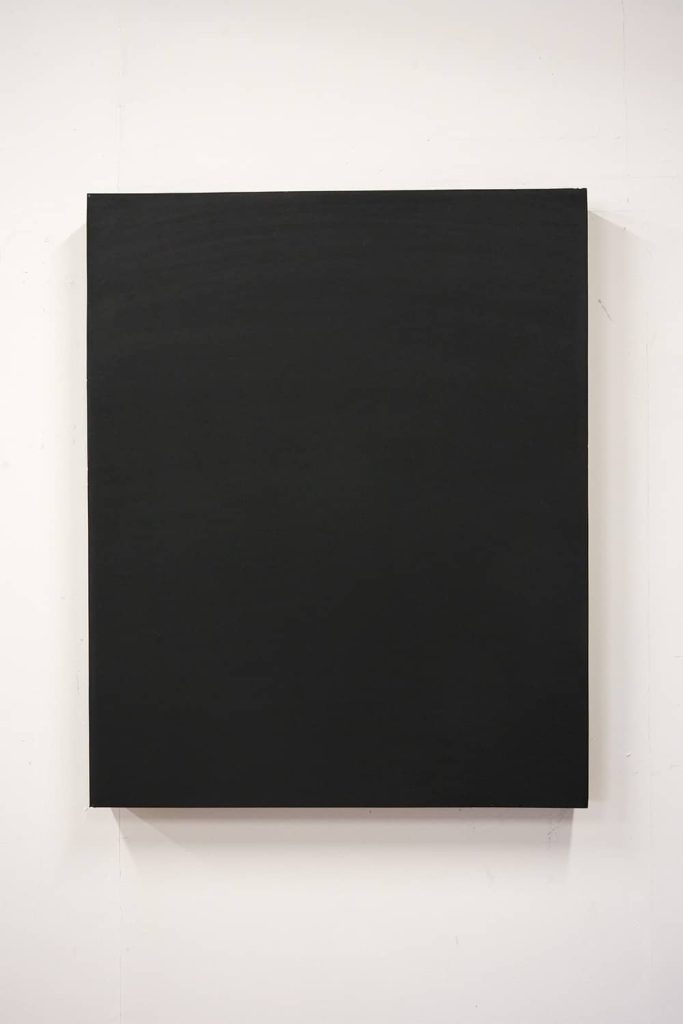
Honeycomb, polyurethane, acrylic paint
H 101 x 81.6 x 9.4 cm
#2020No61
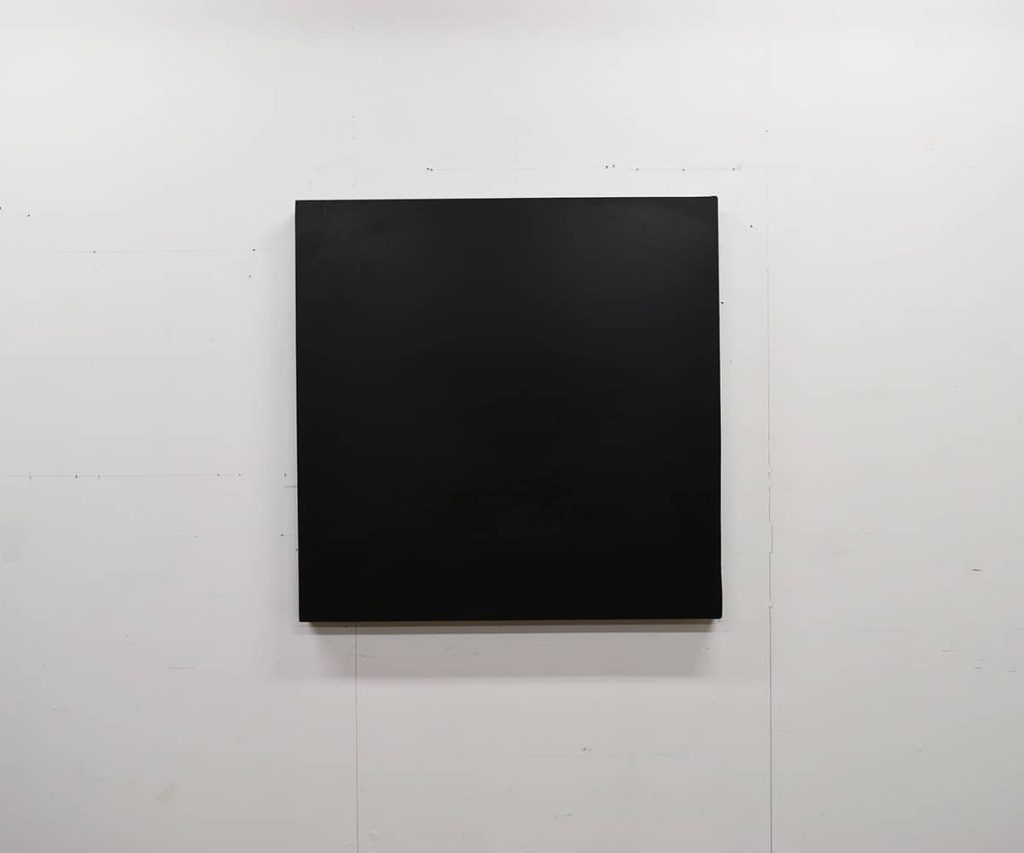
Honeycomb, polyurethane, acrylic paint
H 90.2 x 89.8 x 6 cm
#2020No72
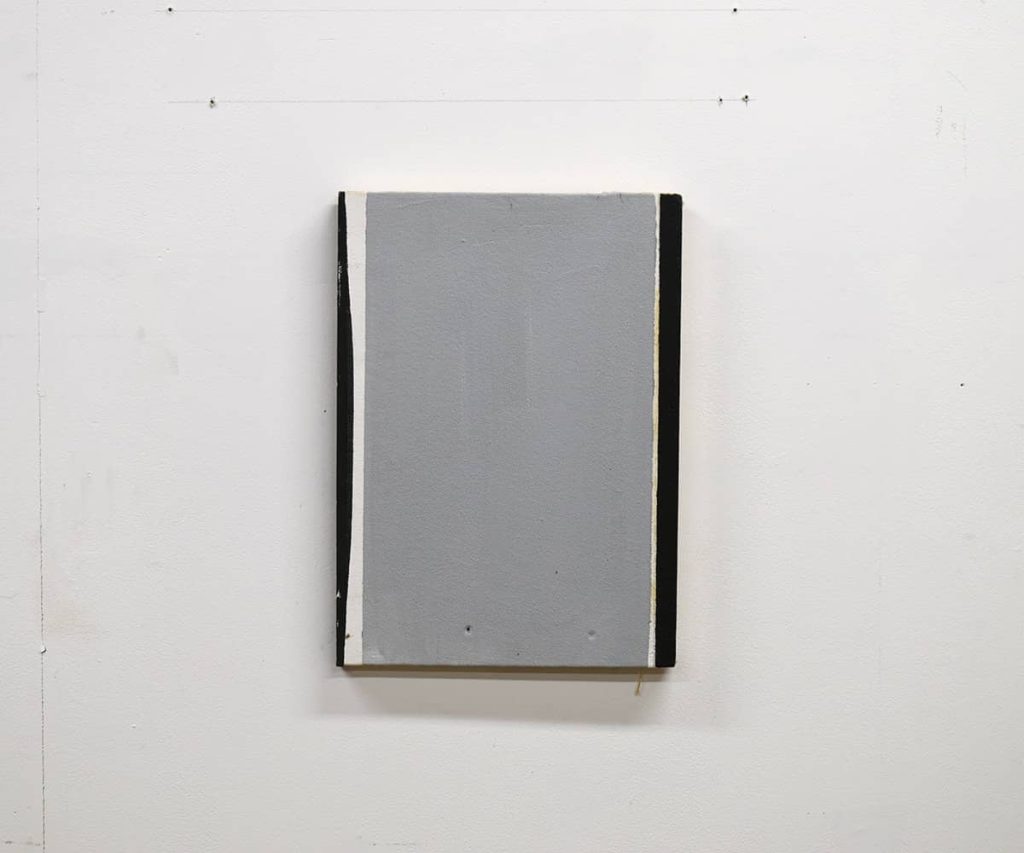
Canvas, oil paint
H 41.7 x 30.5 x 2.5 cm
#2016No27
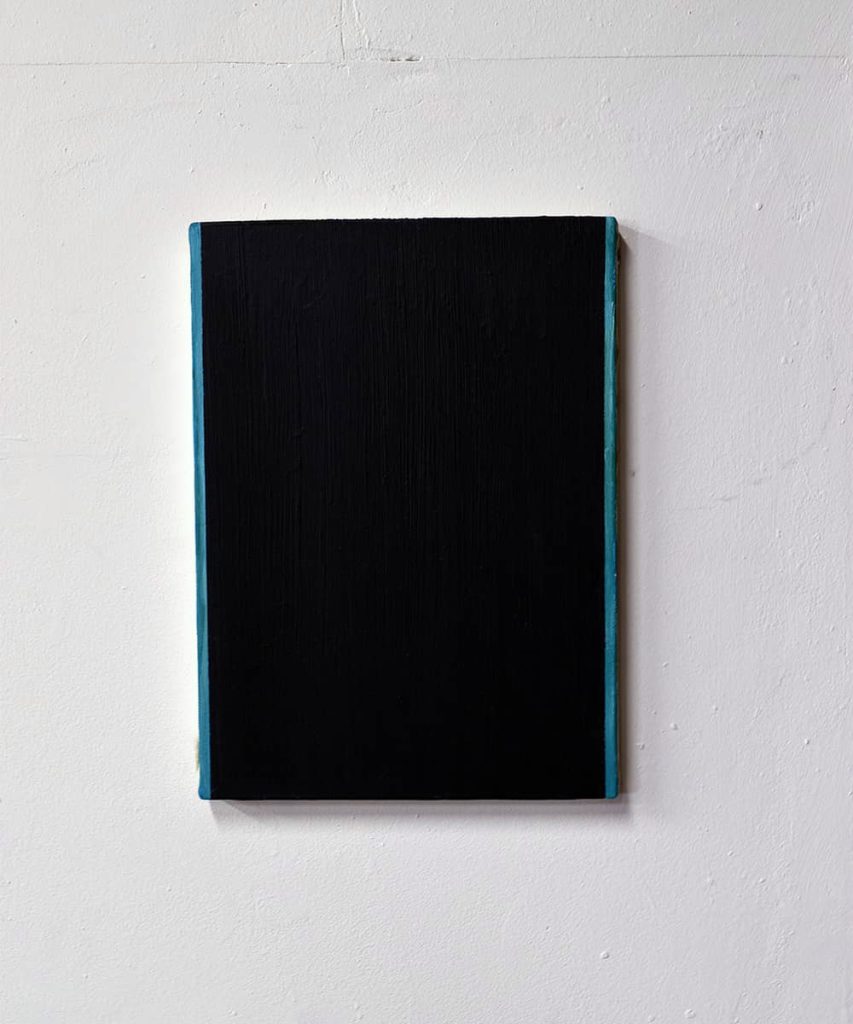
Canvas, oil paint
H 33 x 24.2 x 2 cm
#2016No64
VIP Reception (Invitation only)
|
Dates and Times: |
28 October 2022, 18:00 – 20:00 |
Exhibition
|
Dates and Times: |
29 October – 3 December 2022 Friday & Saturday: 12:00 – 18:00, |
|
Venue: |
WerkRaum, Unit A, 10/F, Derrick Industrial Building, 49 Wong Chuk Hang Road, Hong Kong |
Wamono art is excited to stage an exhibition of work by Noriyuki Haraguchi, starting October 29. The title “How freely I can open up this space and time I am sharing” was something Haraguchi found himself thinking all the time. Sadly this pioneering artist passed away on August 27, 2020 due to illness, however to accurately embody the ideas behind his practice, an exhibition plan has been assembled by the Noriyuki Haraguchi Work Archive that will bring his unique worldview to the gallery space.
One of the most important of the Mono-ha artists, Noriyuki Haraguchi (1946–2020) began his art career in the 1960s. In 1977 he featured at Documenta 6, thus becoming the first artist from Asia to take part in the esteemed international exhibition held in Kassel, Germany. His Oil Pool, a rectangular steel container filled with waste oil, was first shown overseas in Kassel, making a huge impact and earning widespread praise for its creator. With participation in the 10th Biennale de Paris at the Paris Museum of Modern Art the same year, and his first solo show overseas at Galerie Alfred Schmela in Dusseldorf in 1978, it is from here that Haraguchi’s international career began to take off.
Art critic Toshiaki Minemura described the Mono-ha movement as, “a group of artists in Japan who were active around the year 1970, and who attempted to bring out some artistic language from ‘things’ as they stood, bare and undisguised, by letting them appear on the stage of artistic expression, no longer as mere materials, but playing a leading part.”1
This chimes with Haraguchi’s thoughts on his own practice, as related at a group exhibition held at Espace Louis Vuitton in 2012:
Art is one way I have of evaluating and knowing myself.
I am constantly thinking about just how freely I can open up this space and time I am sharing.
The reason I go for a creative method closer to “drawing out the space” and “feeling” when dealing with the raw relationships between materials, space and the body, rather than focusing on “making,” is because it is my intention to try to go back to basics.2
As you will note, we have taken part of what Haraguchi said on this occasion for the title of our exhibition.
The six works to be showcased in this exhibition at Wamono art are planar or relief in format. Commenting on works of these types Haraguchi said,
I want to inspect my works with a painter’s eye. … In other words, the space within a flat plane, how a flat surface renders things abstract. Oil, for example, or iron or polyurethane are solid matter. Their very size creates an effect. I’m not as such referring to the visual effect, for their purpose isn’t to overwhelm.
Adding,
While painting is differentiated from sculpture for convenience’s sake, I still do feel there’s something unnatural in separating the flat and the three-dimensional surface. While the work itself possesses certain qualities of a painting, it doesn’t feel right when perceived as a painting. However, I myself would like to once again have a go at it with a painter’s eye or vision of things.
He also said,
They [such works] are not in any way meant to objectify nature itself, or society, nor for that matter art. If anything I’m doing the circuit of my own thoughts and reflections.3
Standing now before these works with the same line of sight as the artist, and tracing his thoughts, in the space created by the works we may become aware of a new perception of things previously perceived, or grasp the discomforting sensation that arises there, as we respond to the artist’s question, “What does it mean to ‘really see’?”2
“The answer can only be found through the repeated process of actually seeing, touching, feeling, thinking and acting.”2
1. Toshiaki Minemura, “What was ‘Mono-ha’?” from the website of Kamakura Gallery, Kanagawa
2. Noriyuki Haraguchi, Cosmic Travelers – Toward the Unknown, exh. cat. (Tokyo: Espace Louis Vuitton, 2012), p. 40.
3. Noriyuki Haraguchi, “Haraguchi and Kobata in Conversation,” in Noriyuki Haraguchi: Society and Matter, exh. cat. (Yokohama: BankART Studio 1929, 2009), pp. 243, 245.
Artwork photos: Makoto Kosuga
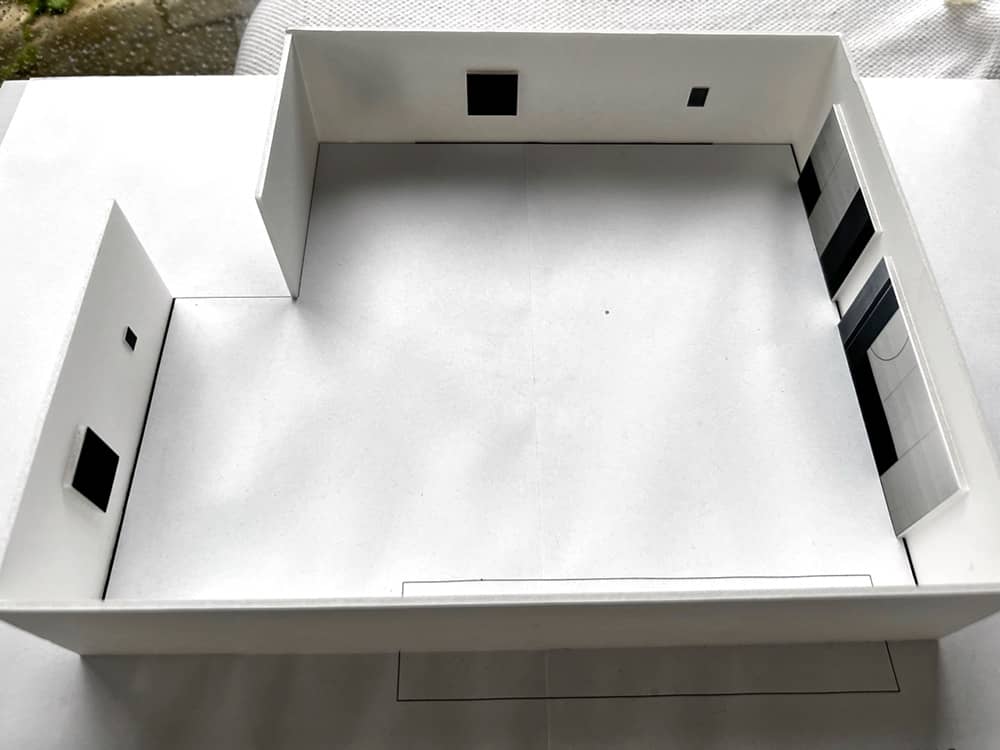
Exhibition plan
Download : NORIYUKI HARAGUCHI “How freely I can open up this space and time I am sharing”
原口典之「能將我所共有的空間與時間自由地開放到什麼程度」
Wamono art 榮幸宣布將於2022年10月29號展出原口典之的作品。本次展覽的主題《能將我所共有的空間與時間自由地開放到什麼程度》是來自原口自身經常思考的命題。遺憾的是,這位先驅藝術家於2020年8月27日因病與世長辭。 為了準確地呈現他作品背後的理念,本次展覽計畫是由原口典之作品檔案館建構,致力在展覽空間內重現原口獨特的世界觀。
原口典之(1946-2020)作為其中最重要的「物派」的藝術家之一,於六十年代開始了他的藝術生涯。在1977年,他參加了在德國舉辦備受國際認可的第六屆卡塞爾文獻展,繼而成為了第一位參展的亞洲藝術家。首次展出了他的作品《油池》,一個裝滿廢油長方形的鋼鐵容器,引起了巨大迴響和獲得了全球的讚譽。同年亦參加了巴黎現代藝術博物館舉辦的巴黎雙年展。在1978年,德國杜塞道夫阿爾弗雷德·施梅拉藝廊舉辦了首次的海外個人展,成為了原口國際藝術生涯的開端。
藝術評論家峯村敏明曾如此形容物派運動:「在1970年前後日本藝術舞台上,出現了物件不再純粹作為物料,而是主角的表達形式。一群藝術家嘗試以物件的存在和本質作為藝術語言,毫無掩飾地表達。」1
以上評論與原口在2012年於路易威登藝術廊聯展上的創作概念不謀而合:
「藝術是一種自我了解與評價自身的方式。
我經常思考我能將我所共有的空間與時間自由地開放到什麼程度。
在處理物料、空間和身體的之間的原始關係中,相比專注在『創作的過程』,我會採取『勾畫空間』和『感觸』的創作方式,意圖回歸到創作基本。」2
展覽主題便是來自原口所闡述的概念。本次wamono art將會展出原口六個平面作品,而他本人對這些作品的評論如下:
「我想通過畫家的視角去審視自己的作品……換一種說法,透過平面之中的空間,去探討平面的抽象性。以油、鋼鐵和聚胺酯作為例子,它們自身的質量便產生了一種效果。我不是指壓倒性的物量所產生視覺上的效果。
因便利而將繪畫和雕塑區分時,我依然覺得把平面和立體分別而論是有點違和的。當一個作品有著一定的繪畫元素,便以繪畫的角度去認知作品是不正確的。即便如此,我想再次嘗試以畫家的視角去捕捉對物件的看法。
它們(作品)並不是在物化自然、社會或者藝術本身。如果有的話,我是在迴響我的想法和反思。」3
當我們跟隨藝術家一樣的目光和思路去審視作品,我們可能察覺到在作品構成的空間中,有與過去對物件不同的認知,或者領會到當中產生的違和感;並回應藝術家提出的問題:「『真正看到』的是什麼?」2
「答案只能通過實際重覆的看、觸摸、感受、思考和行動中得到。」2
1. Toshiaki Minemura, “What was ‘Mono-ha’?”, website of Kamakura Gallery, Kanagawa
2. Noriyuki Haraguchi, Cosmic Travelers – Toward the Unknown, exh. cat. (Tokyo: Espace Louis Vuitton, 2012), p. 40.
3. Noriyuki Haraguchi, “Haraguchi and Kobata in Conversation,” in Noriyuki Haraguchi: Society and Matter, exh. cat. (Yokohama: BankART Studio 1929, 2009), pp. 243, 245.
原口典之:我如何能自由地解放这个共享的空间与时间
Wamono art非常荣幸举办原口典之的个展。展览名称“我如何能自由地解放这个共享的空间与时间”,是原口典之时常在思考的问题。非常遗憾的是,原口典之因为疾病于2020年8月27日逝世,不过,为了体现原口典之的思想,本次展览由原口典之艺术资料馆(Noriyuki Haraguchi Work Archive)策划展览方案,在画廊空间建构艺术家的世界观。
作为物派的重要艺术家之一,原口典之(1946-2020)自20世纪60年代开启其艺术家的创作生涯。1977年,作为首次参加德国卡塞尔文献展的亚洲艺术家之一,参与了“Documenta 6”的展览。首次参展的作品《油池(Oil Pool)》呈现了灌满油的铁制池子,给予人们很大的冲击,并获得了高度评价。同年参加了巴黎市立现代美术馆举办的“第十届巴黎青年双年展”,1978年在杜塞尔多夫的Galerie Alfred Schemela举办了首次国外个展,其后便在世界范围内展开艺术活动。
关于物派,美术评论家峯村敏明曾如此说道,“在20世纪70年代左右,日本出现的一派艺术家,他们并未将物作为材料,而是将物作为主角,使其登上了日本艺术表现的舞台,他们尝试直接从物体的存在方式和物的作用中汲取艺术语言。”
上述评价与原口典之2012年在ESPACE LOUIS VUITTON举办的群展上阐述自身创作时的发言不谋而合。
“艺术是衡量、了解自身的一种方法。
我始终在思考,我如何能够让我所共享的空间和时间自由地开放。
包括空间在内的物质与身体之间那种鲜活的相互关系之中,与其说‘创作’,不如说我所采取的制作方法更接近于‘使空间显现’、‘触摸’这样的行为,之所以如此,是因为我希望尝试的是回归更为根本的地方。”
相信大家也注意到了,我们选用了原口典之的话语作为展览的标题。
本次Wamono art共展出6件平面及雕塑作品,关于这些作品,原口典之有如下的自述,
“我想要用画家的目光来对自己的作品进行检视。(中略)总而言之,在平面中所存在的空间、或者说平面所具有的抽象性,例如油脂、铁、橡胶等,并不是着重于它们的质量或者物质感。正因为如此,非常意外地发现,并没有那种让人受到压迫的感觉。”
他接着谈道,
“对雕塑和绘画进行区分,只是一种比较方便的做法,这样的话,指认某件作品是平面的或者立体的,则会让我产生某种异样的感觉。如果作品本身被认为是具有绘画性的,或被当成绘画式的作品的话,这会让我觉得不舒服。就我自己而言,只不过是想要用一种可能可以说是画家的视角,或者说目光,去重新加以理解。”
“这既不是将自然对象化、也不是社会对象化、更不是艺术对象化的过程,毋宁说这是个让我反复思索、思考的过程。”
如今,我们以一种与艺术家一样的视线,站在作品前,在作品形成的空间内,对这样的思考进行斟酌,对于迄今为止所认知的事情、物质,我们意识到新的认知,或者在这里一边理解内心喷涌而出的异样之感,一边回应艺术家提出的问题:“‘真正地看’究竟是什么”? 2
“问题的答案只可能存在于实际去看、去触摸、去感受、去思考、去行动,这一系列行为的循环反复之中。”2
1. “什么是物派”峯村敏明, 引用自神奈川县镰仓画廊官方网站
2. 摘自ESPACE LOUIS VUITTON「COSMIC TRAVELERS – TOWARD THE UNKOWN」展览图录 p.40
3. 摘自BankART Studio NYK 「NORIYUKI HARAGUCHI Society and Matter」 展览图录 pp. 234, 245
 https://japanautumnfesinhk.net/ Program No 220063
https://japanautumnfesinhk.net/ Program No 220063
